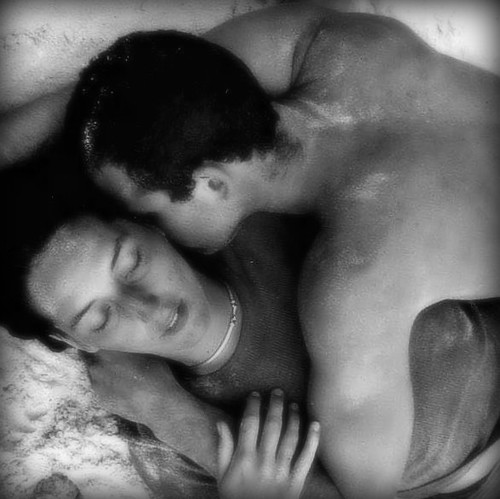Neo Classics - Any Candidates?
Interesting observation. While Angel is an iconic scent, I don't think (and don't want to think) that classics have stopped there. It's hard to find spectacularly innovative mainstream perfumes. Somehow with Dune and Angel inventing the linear structure - it seems that innovation came to a halt and perfumes kinda stayed going in that direction. But there are some iconic scents that happened since then - Tocade (1994 - same linear story), Le Mâle (1995), Bvlgari Black (1998), and if judging by popularity alone - also Coco Mademoiselle (2001), Narciso Rodriguez for Her (2003) and Lovely (2005). The latter is probably the only celebrity fragrance that I would consider a candidate for an "iconic fragrance" - though it does not exactly offer something all that different from NR. though for those three, I think only time will tell: Remember how Cabotine (1990) was worn by EVERYONE and everybody back in the early 90's? (unless they were wearing AnaisAnais - which is is from 1978...) - I doubt that anyone would consider them classics by now. They sure are distinctive scents, but I don't think they come even remotely close in terms of popularity (customer approval) or their aesthetics/design significance (industry expert appreciation).
Kingdom and M7 were rather iconic too, and may have influenced greatly what happened later in the niche world - but since neither were a commercial success and already discontinued - we probably can't really consider them as classics. A classic would and should survive the test of time like Shalimar, No. 5, Mitsouko and the other masterpieces have.
To say that innovation ended with Angel is like saying that perfumery is a dead art. I think nothing could be further away from the truth! All you need to do is visit one of the smaller perfume shows of niche brands and the smaller artisan brands (such as those who participated in the Artisan Fragrance Salon that debuted this summer on the West Coast) to find a living proof that perfumery as an art form is alive and kicking: Vibrant innovation and out-of-the-box creativity is still possible. New technologies make possible more true-to-nature raw materials. Perfumers are exploring new dynamics or "structures" possible within the olfactory art form.
Last but not least: contrary to Mr. Malle's statement, story telling in perfume does not by any means contradict creativity or artistry! Rather, it is an integral part of the art of perfumery, and should remain this way. While the perfumes in his line might not have the traditional marketing schemes - but to say that they do not tell a story is an insult to the perfumers' art and the hard work they put in doing exactly this: telling a story by putting together volatile molecules that meld together sharing the same space and chase and replace one another in succession in a dance that begins in the bottle and ends on the skin.





